Abstract
What does it mean for the architecture when what is deemed as important heritage is not the building, but the activities contained within? Despite the emphasis on the intangibility of Singapore’s Hawker Culture, we seem unable to separate it from its perceived physical vessel: Hawker Centres.
Culture is not static. Food consumption, preparation and purchasing practices have changed much since hawker centres were first implemented. Neither is our culinary landscape, our foodscape, made from just kitchens and dining tables. Changes in food distribution and production methods would also greatly affect the way we buy and consume.
However, the concept of hawker centres, both as a typology and as a program, has remained frozen in time, isolated from changes in the foodscape. Design ideas put forth in the 1970s are still largely replicated in recent years, albeit with a fresh coat of paint.
Our hawker culture cannot and should not be constrained within such an outdated concept with a single fixed program and typology. Rather, it is the ecosystem of a variety of food sites and activities, linked by their roles in the foodscape, that truly expresses the vibrancy of such an urban culture.
Acupunctural insertions at these various sites in the neighbourhood are used to reinforce existing relationships and create new ones between formerly disconnected spaces. A common architectural language serves not to standardise, but to highlight the relationships between each other.
This is a physical message representing our intangible culture.
It is a message, to food, with love.
Research References
UNESCO INTANGIBLE HERITAGE – HAWKER CULTURE
- Report on the official definitions of Hawker Culture as submitted for review by UNESCO.
- Exploring the urban planning perspective of the history and future of hawker centres as a program and typology.
- Report representative of the attitudes and stances of policymakers and those in the food industry on how the hawker trade can continue as a viable business model.
CONTEXTUALISING PERCEPTIONS OF HAWKERS AND FOOD
Eating Together: Food, Space and Identity in Malaysia and Singapore
- Expands the scope of discussion of public eating spaces such as hawker centres & kopitiams in the Malayan region, and what these spaces mean to our society and culture.
Eating her Curries and Kway: A Cultural History of Food in Singapore, Nicole Tarulevicz, 2013
- Expands the scope of discussion of public eating spaces such as hawker centres & kopitiams in the Malayan region, and what these spaces mean to our society and culture.
Food, Foodways and Foodscapes: Culture, Community and Consumption in Post-Colonial Singapore, Lily Kong, Vineeta Sinha, 2015
- Helpful in understanding how Singaporeans view their food and food spaces and in turn, how it shapes and forms our identity on a personal and national level.
UNDERSTANDING MODERN FOODSCAPES
Hungry City: How Food Shapes Our Lives, Carolyn Steel, 2008
- Reveals the hidden intimate connections and relations that people and cities have in relation to food, which have over time become side-lined or overlooked resulting from a mechanised food industry geared towards hyper-efficiency.
Food Wars: The Global Battle for Mouths, Minds and Markets, Tim Lang, Michael Heasman.
- Extensive discussion on the trappings of the modern food industry and puts forwards an alternate model of operation, one that is tastier, healthier and more ecologically sustainable.
FOOD AND FOOD CULTURE IN SINGAPORE
- Fantastic discussions and sharing by people involved the evolution and preservation of our food culture, beyond just the consumption of food.
- Offers insights into the stories of people on the ground running food related businesses, both old and new.
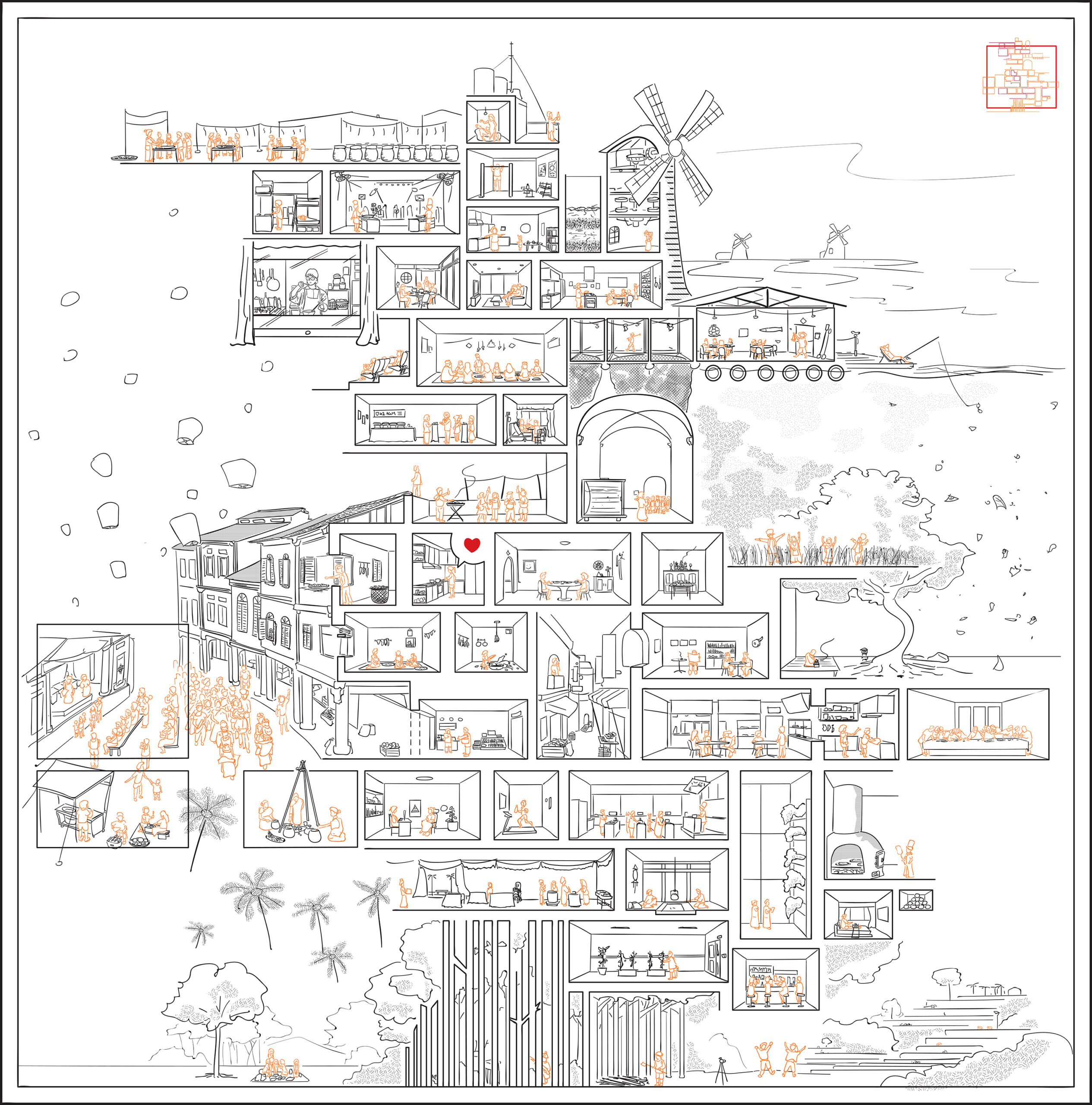
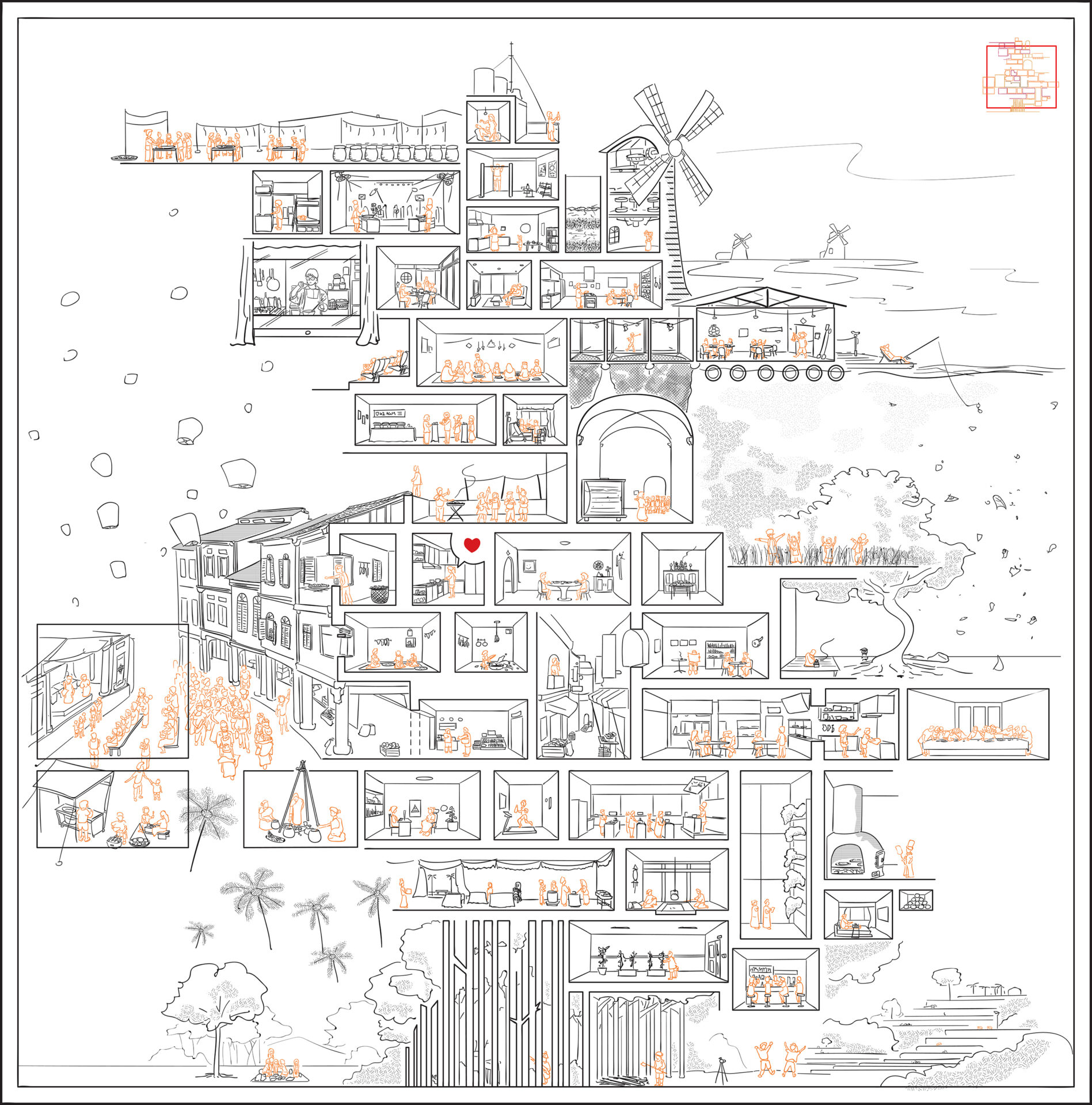
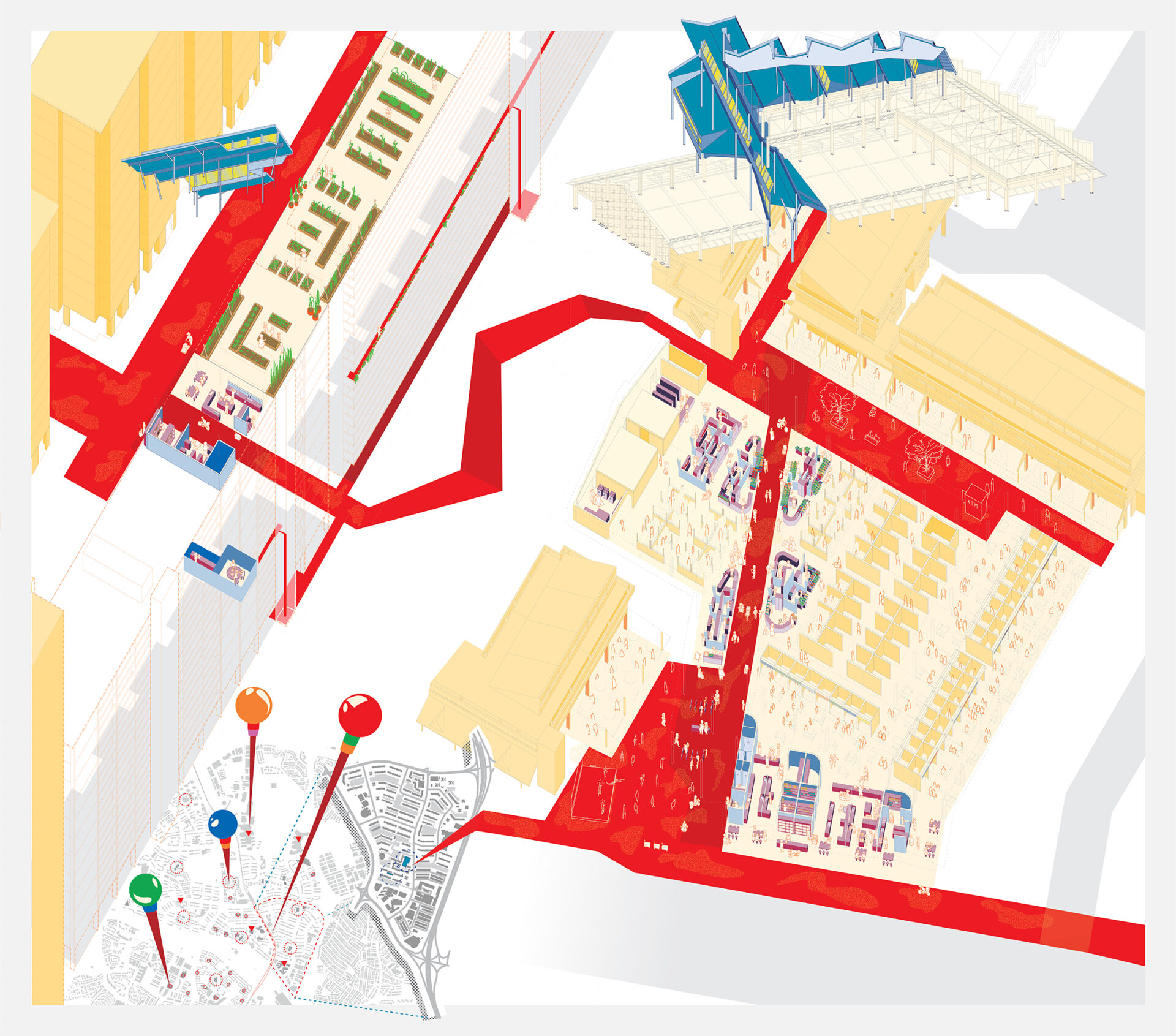
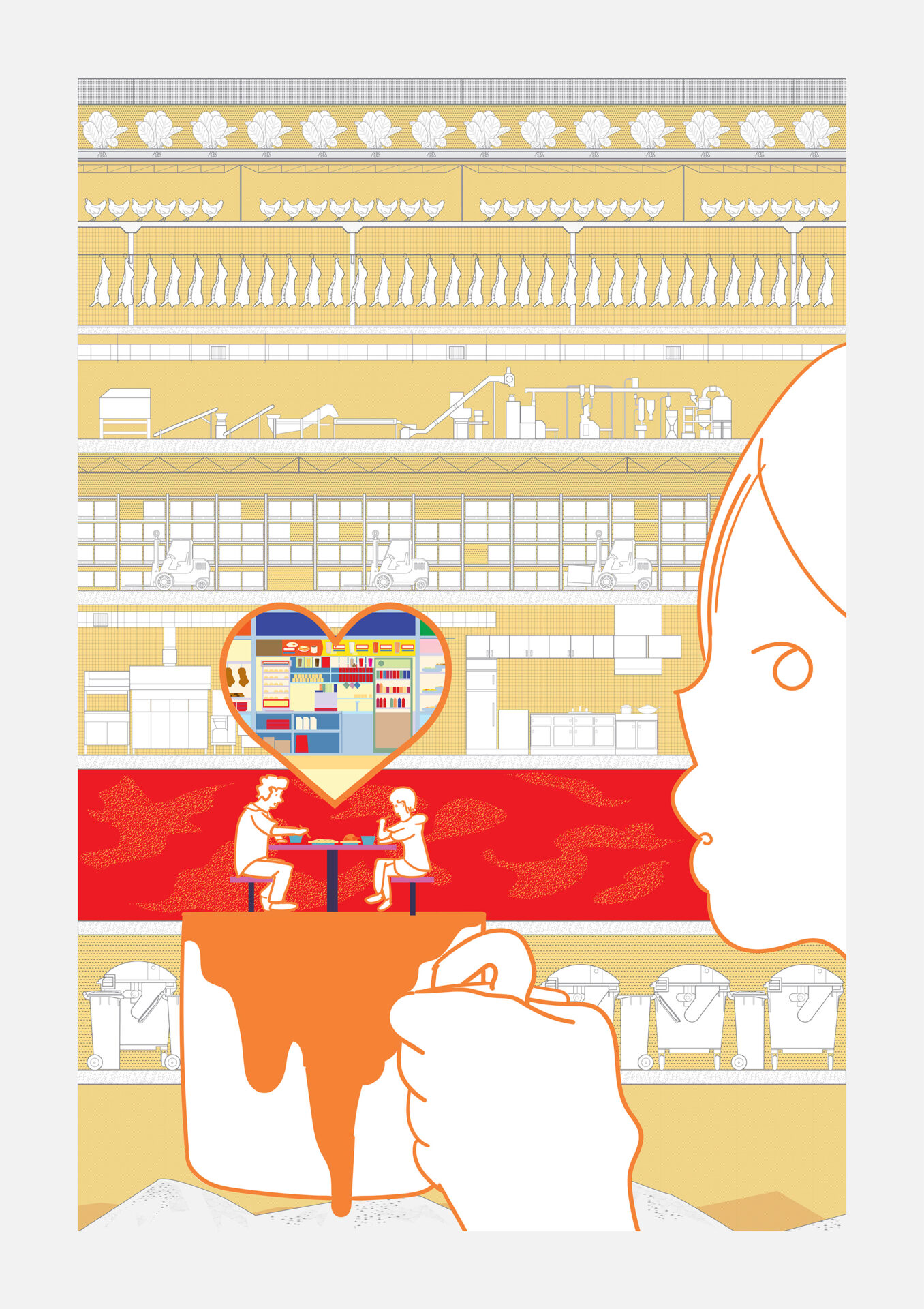
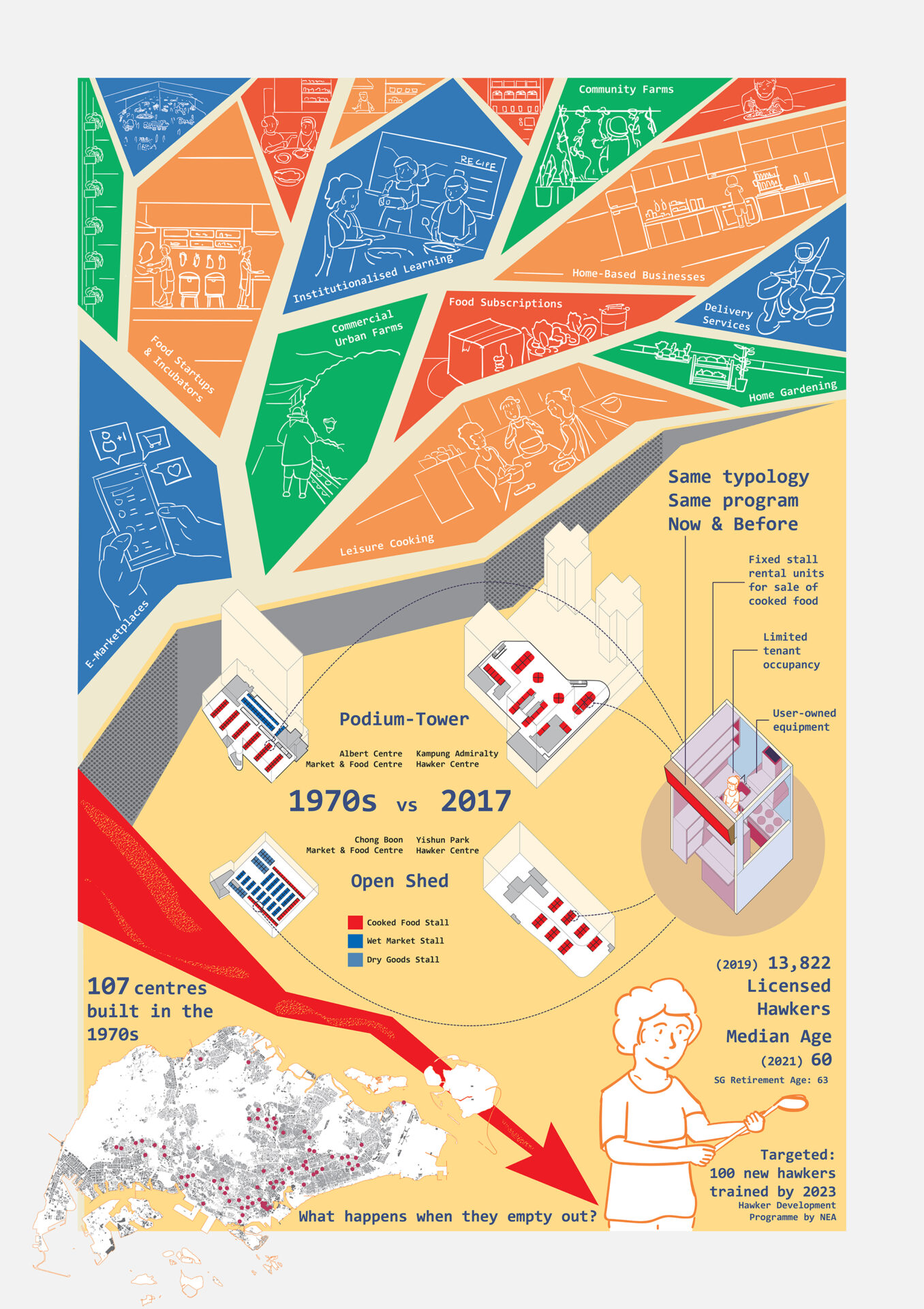
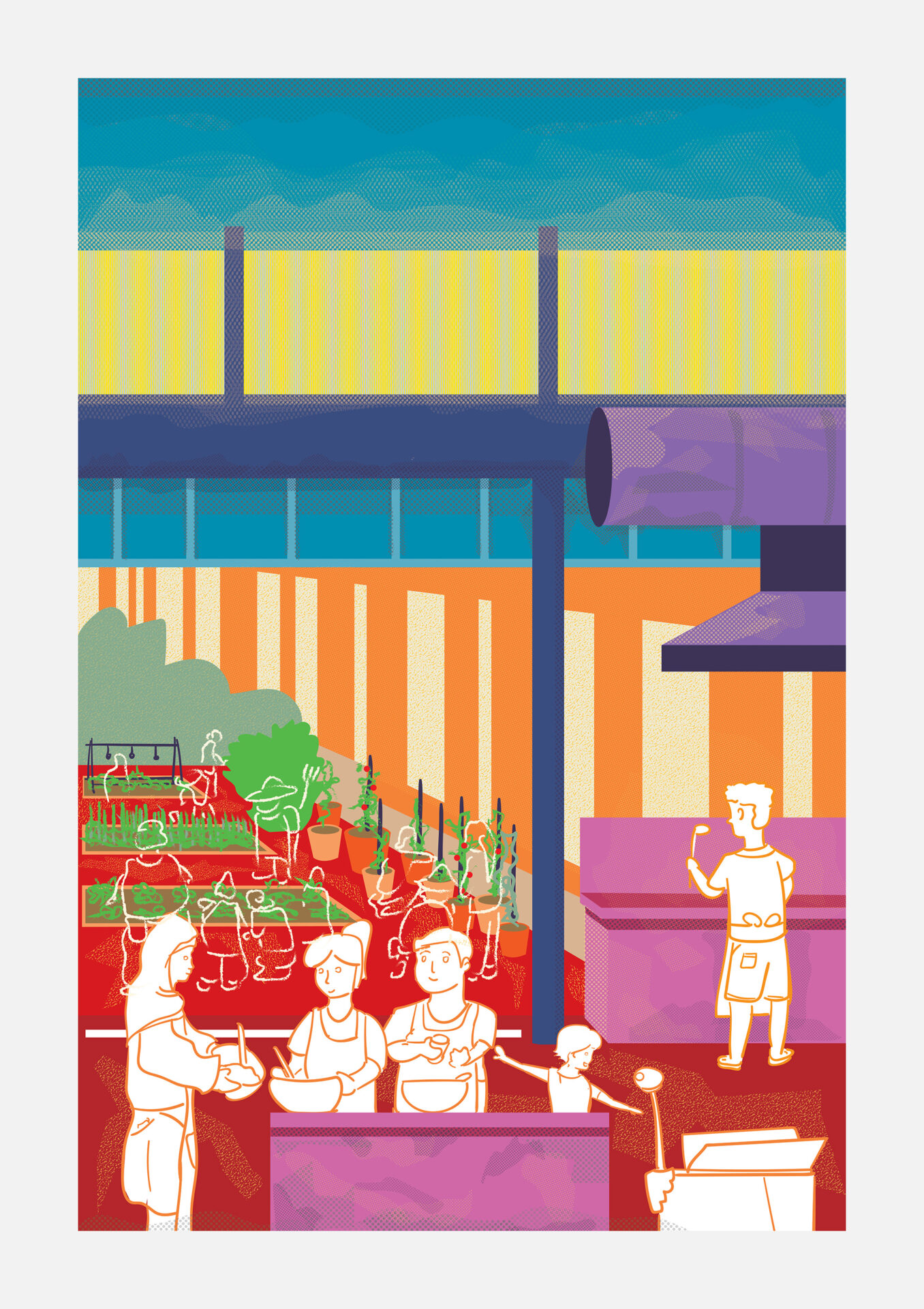
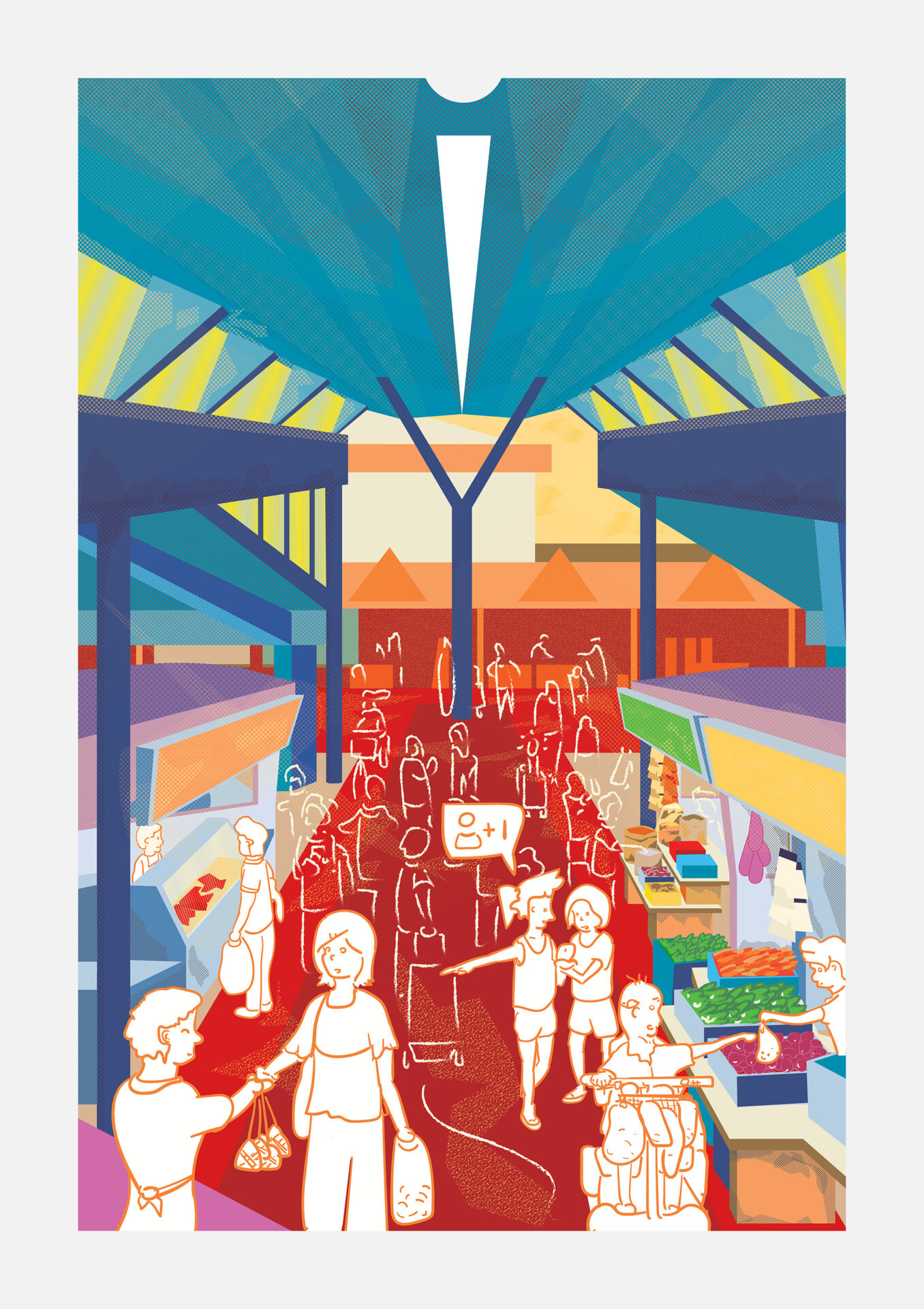
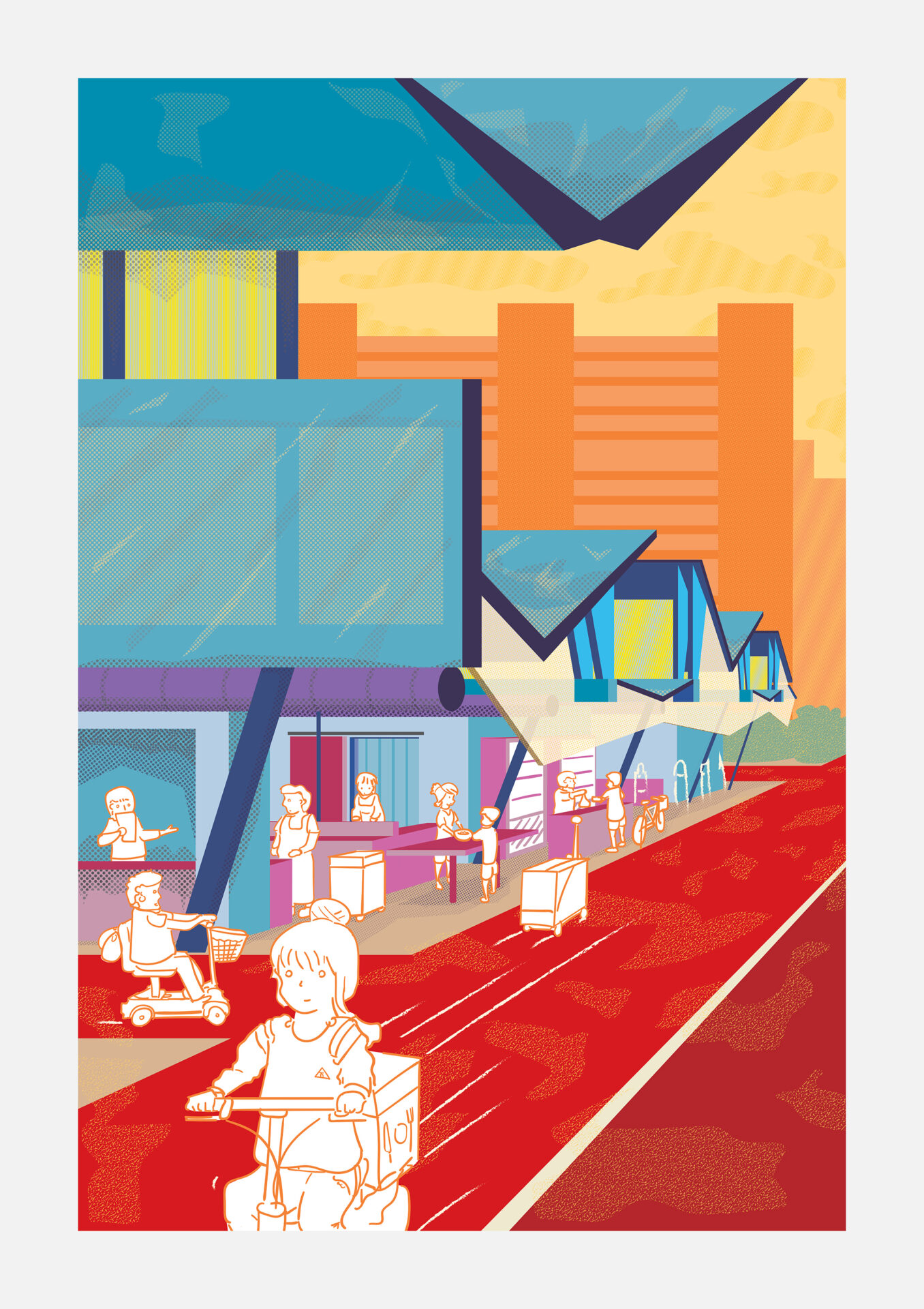
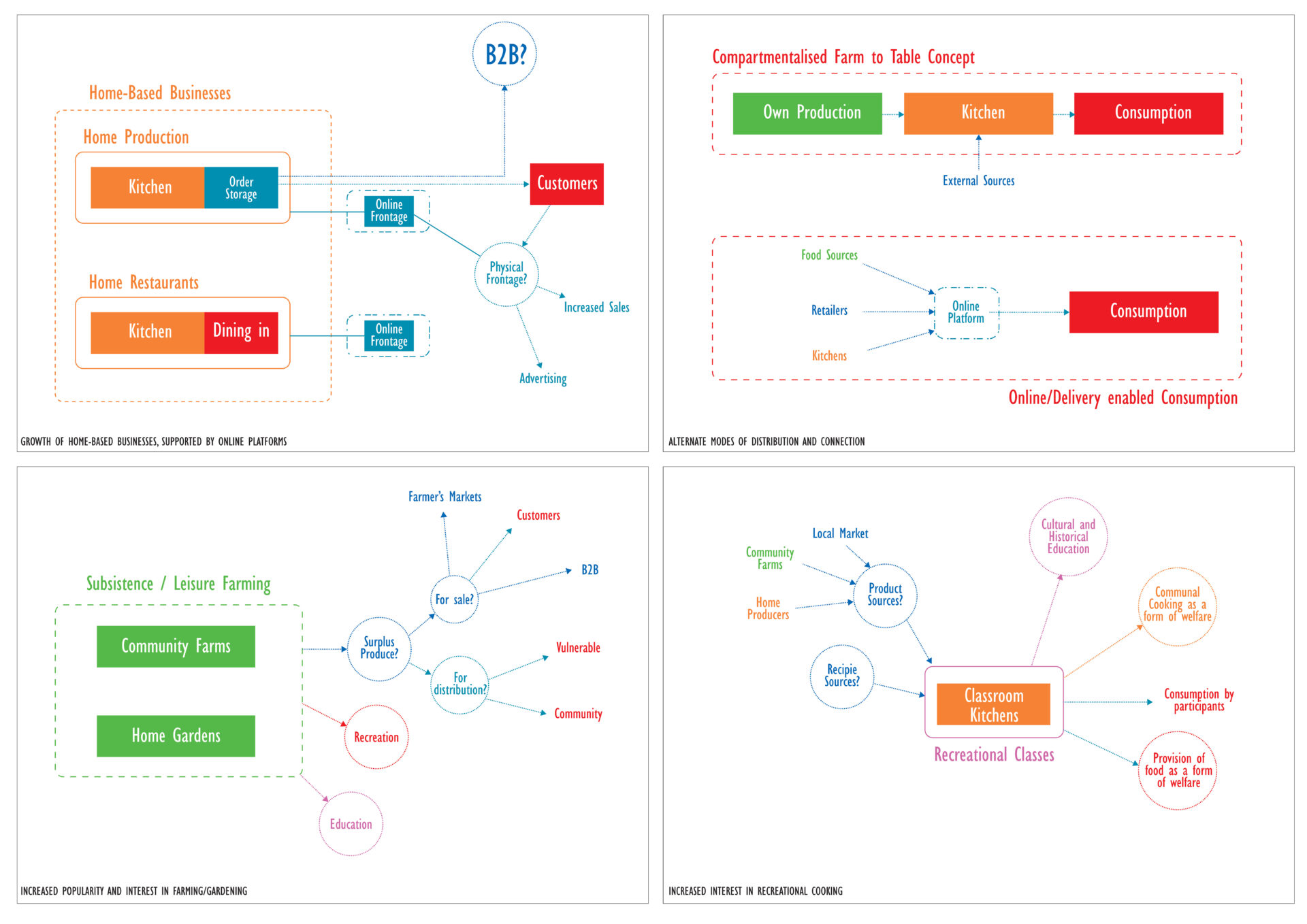
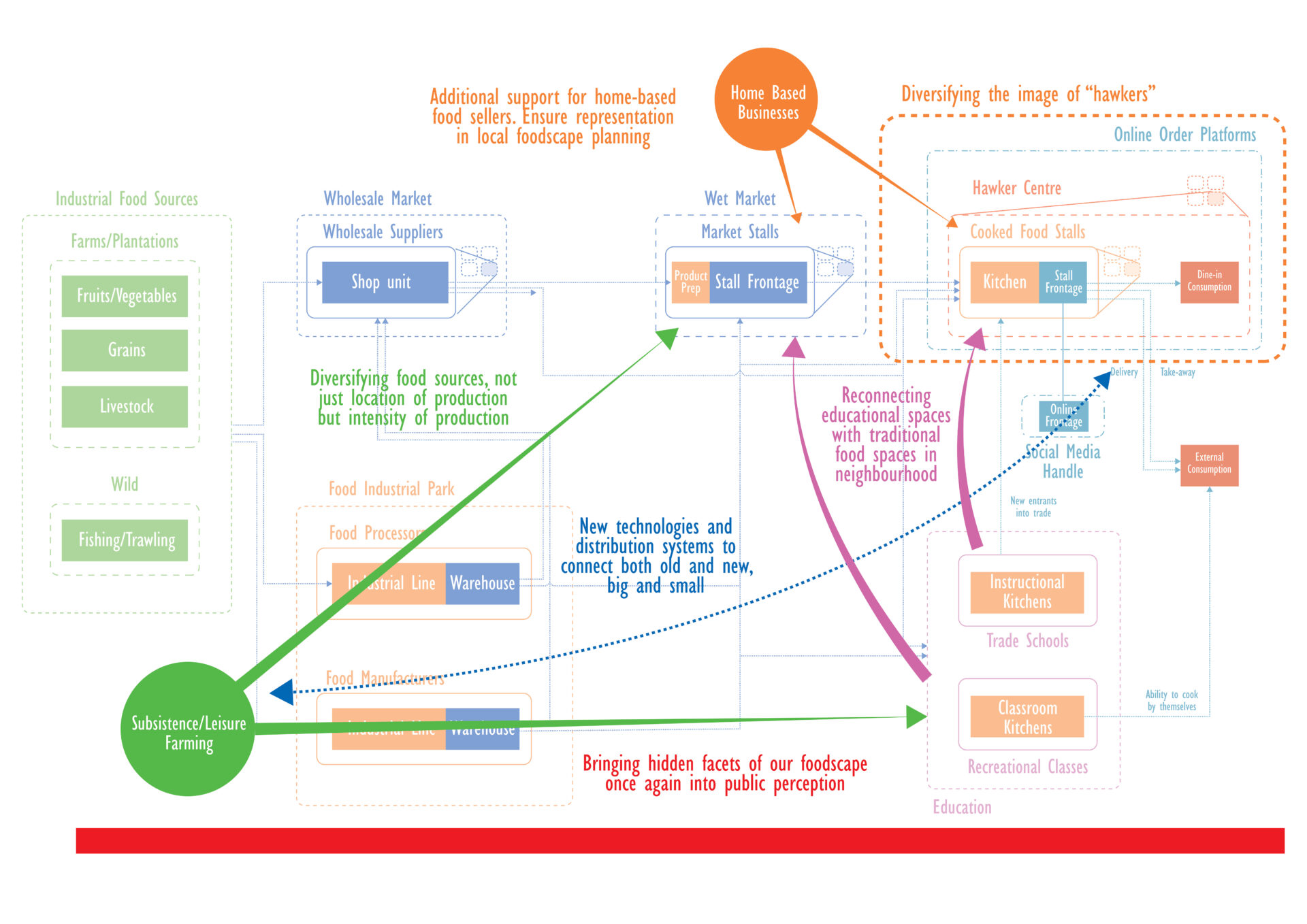
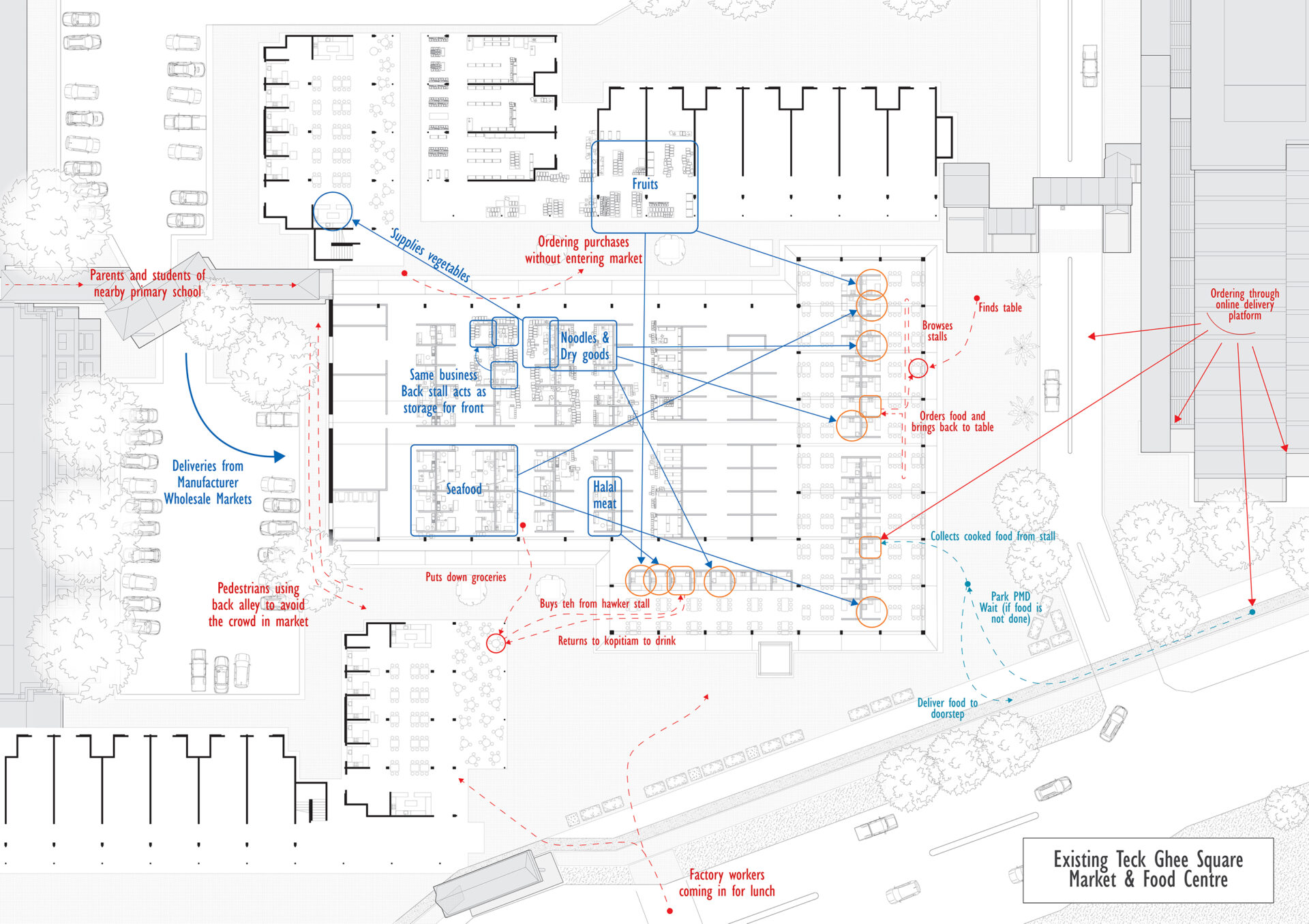
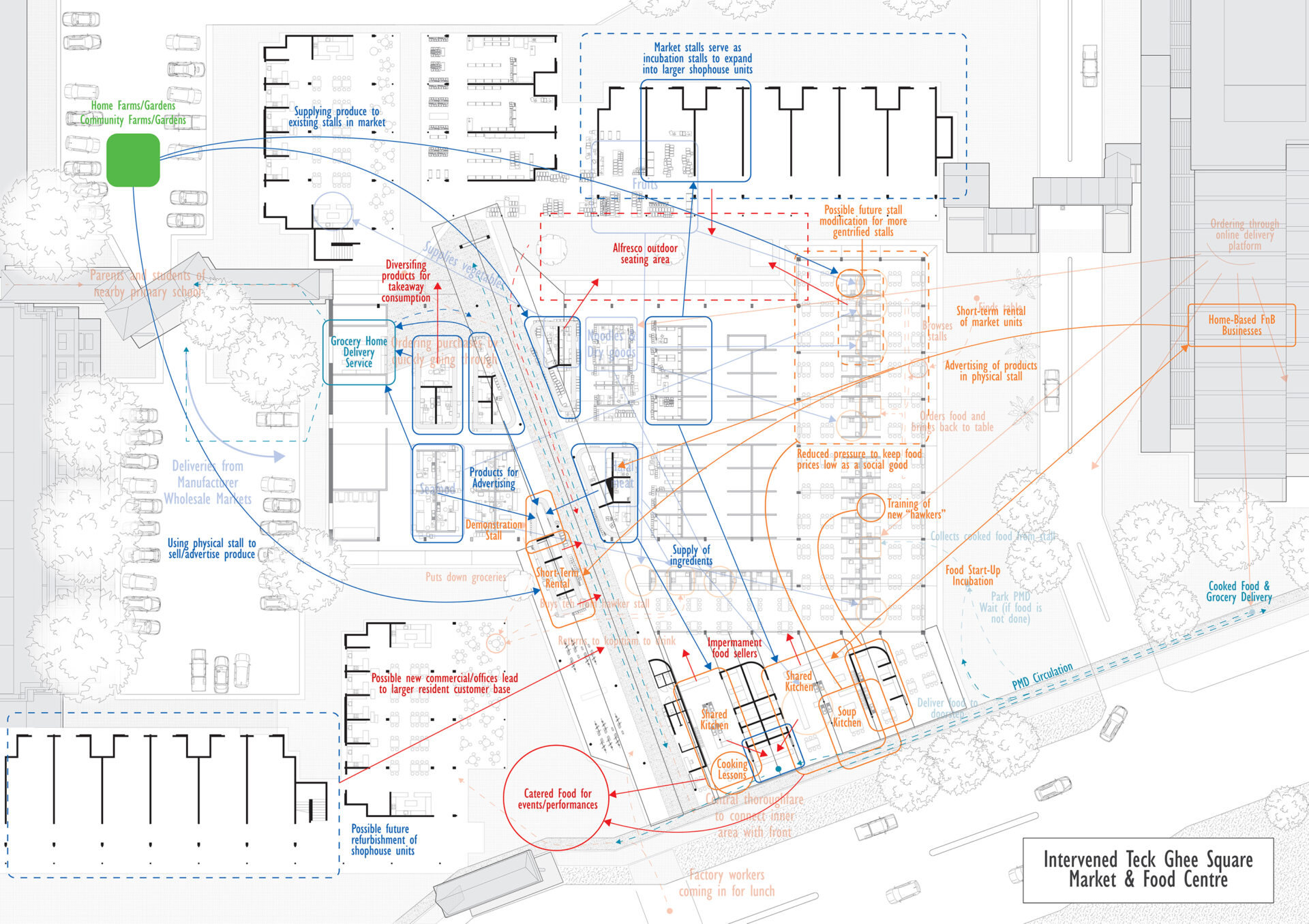

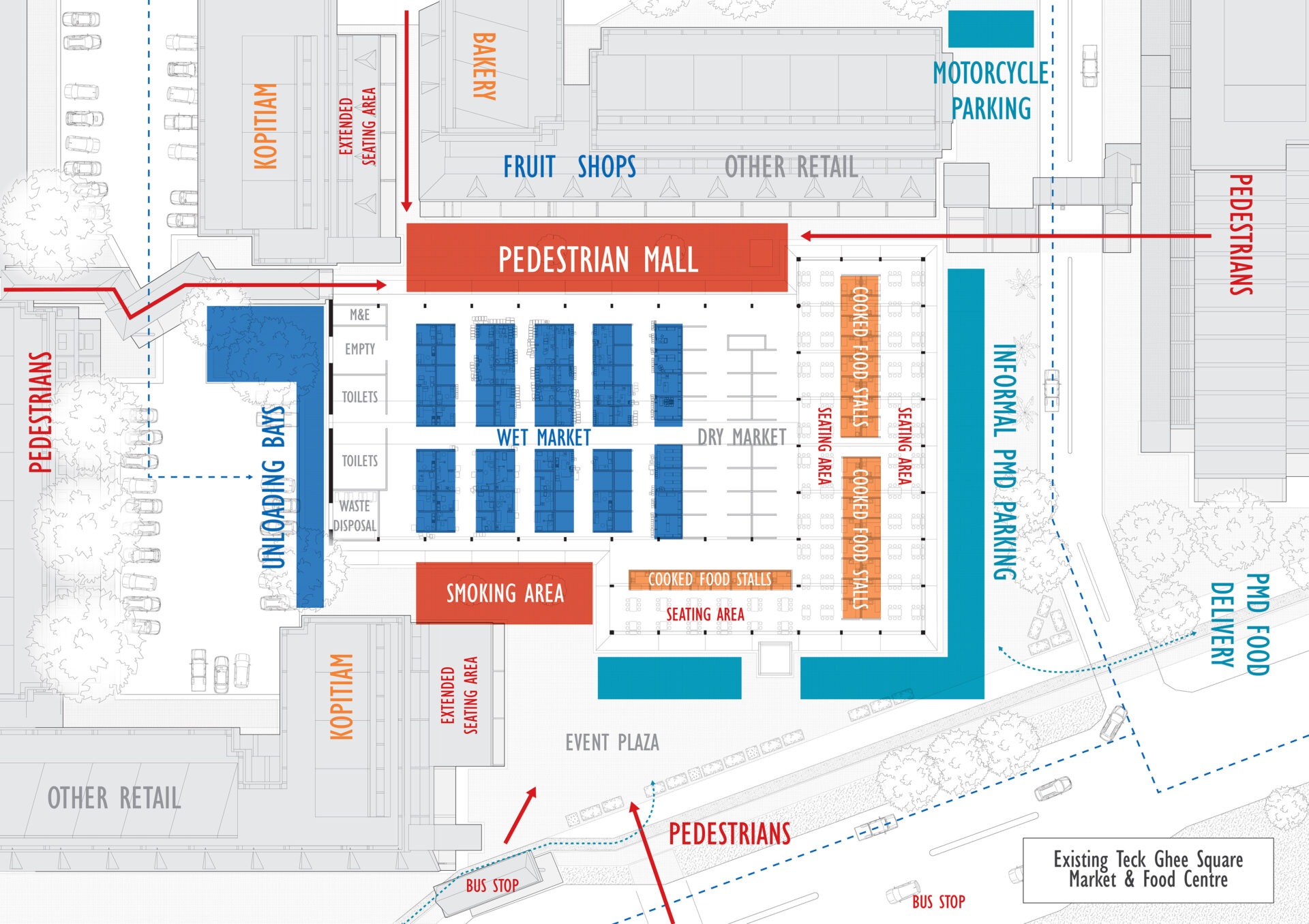
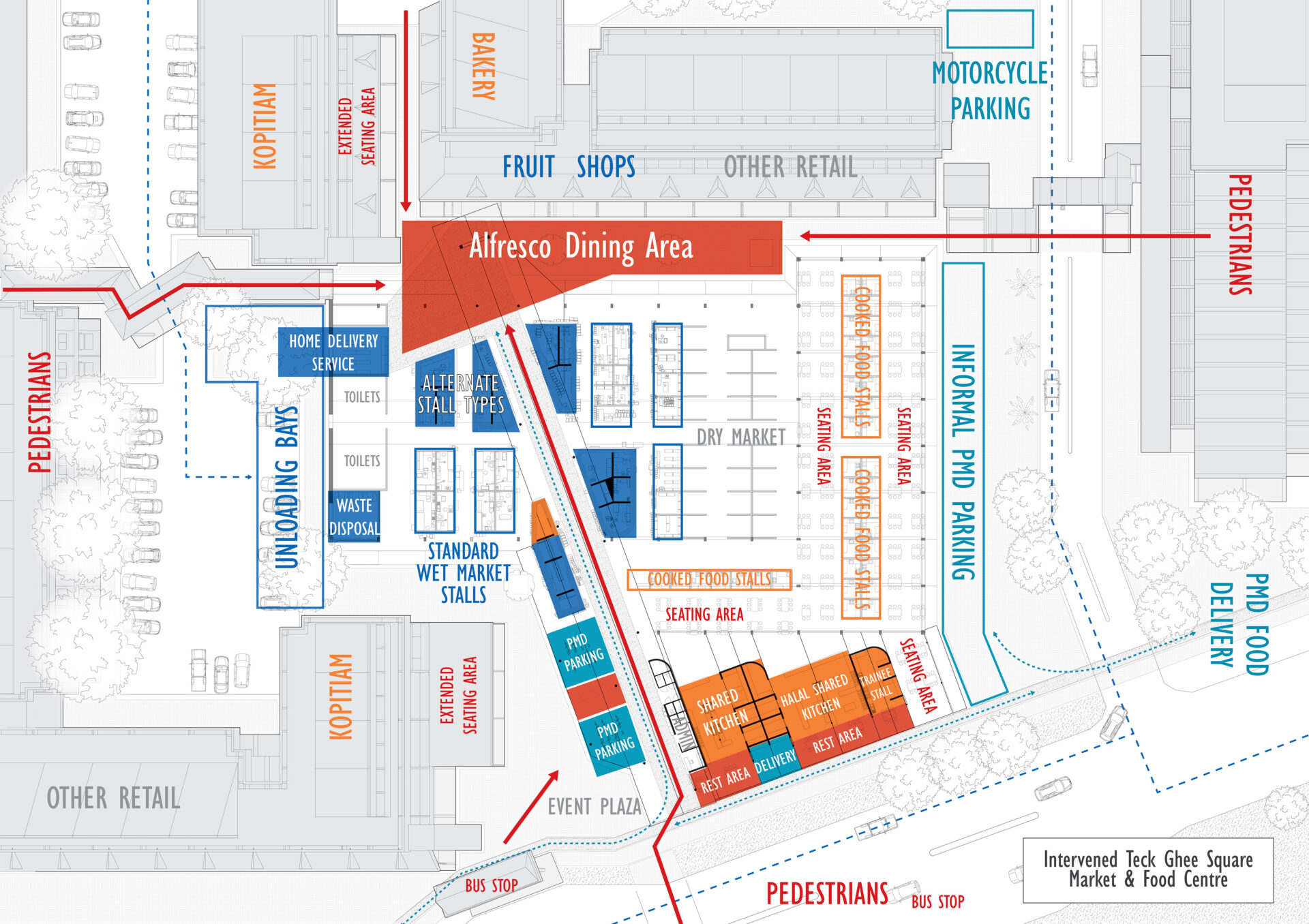
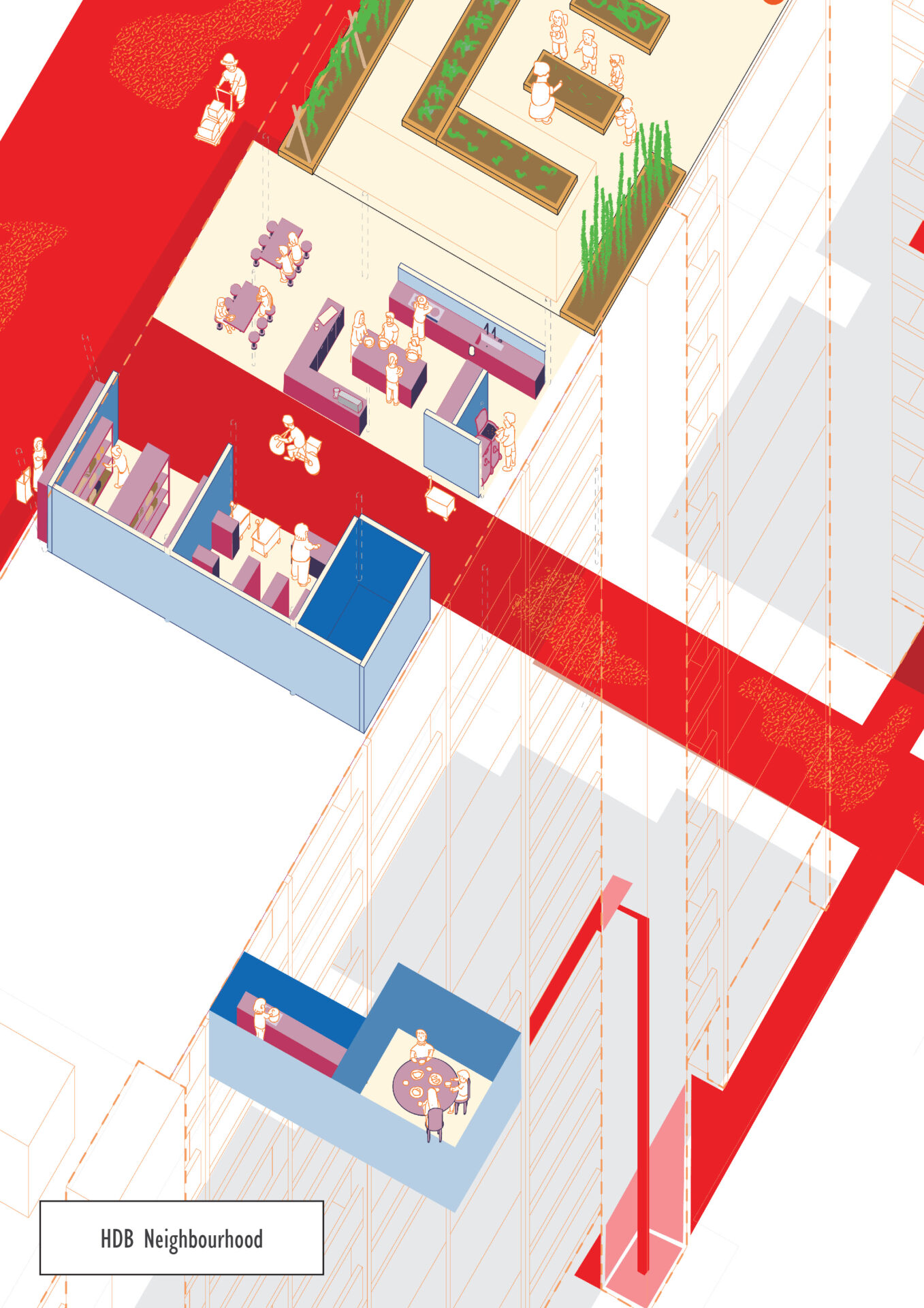
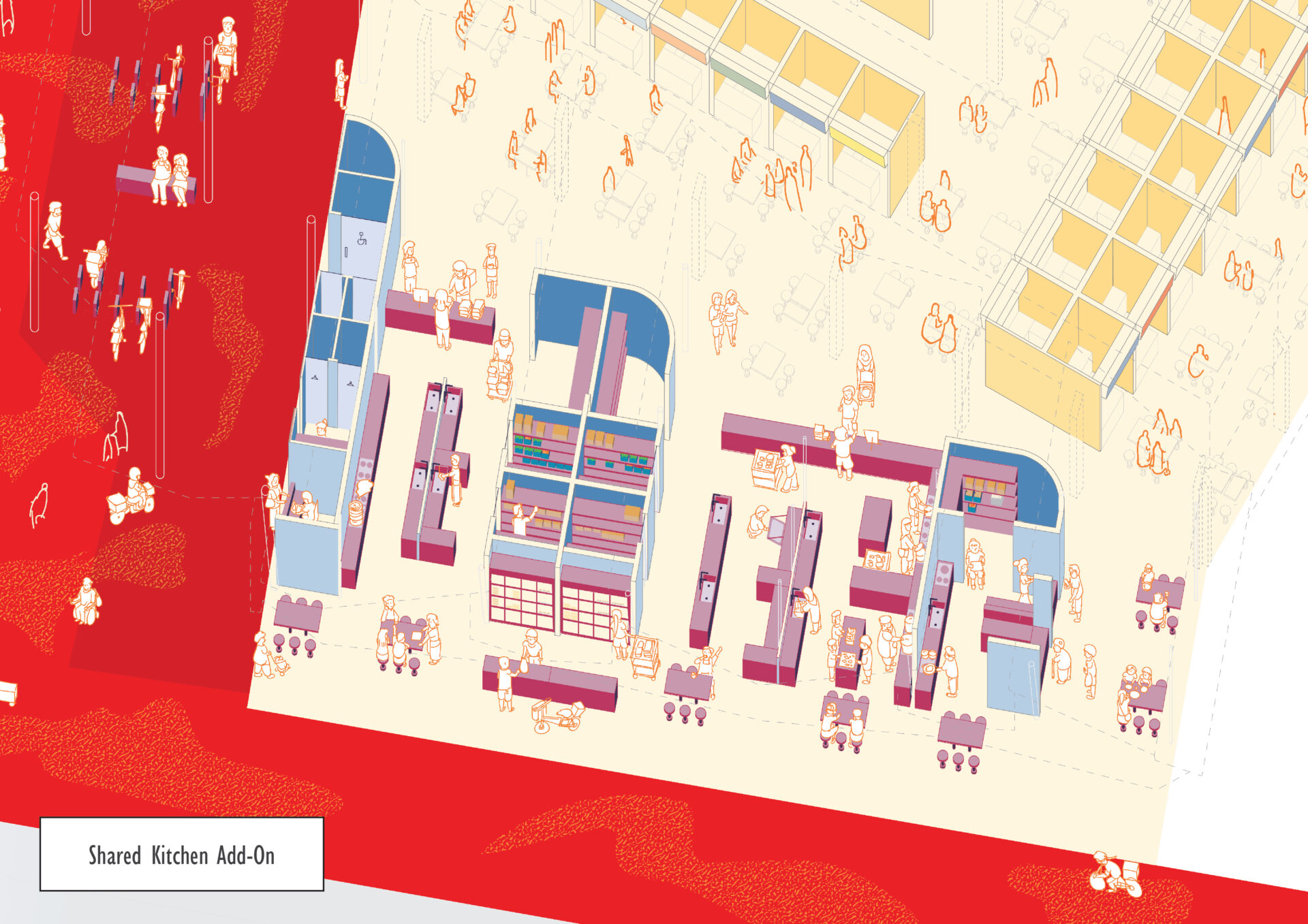
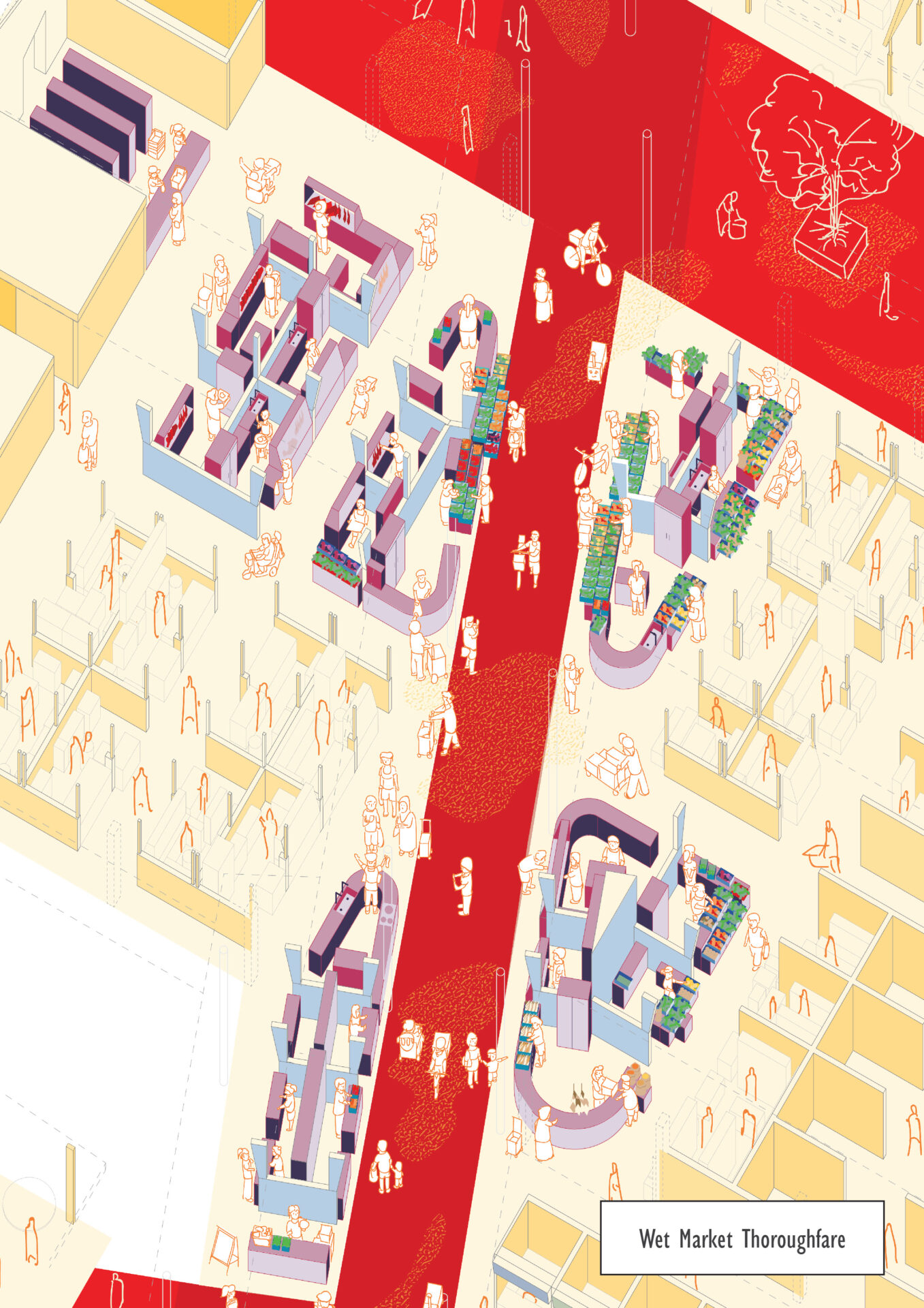
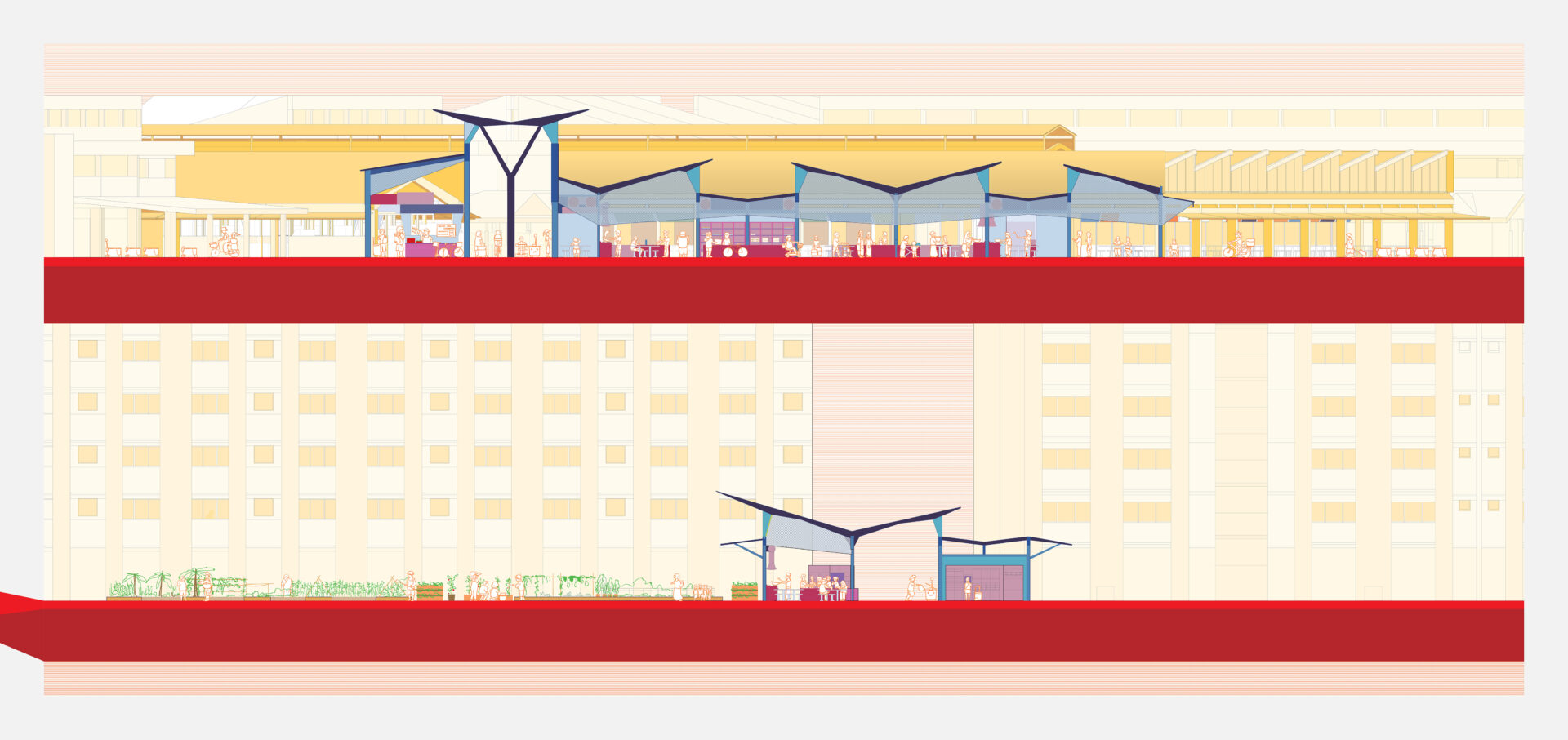
Supervisor's comments:
What if our love for hawker food is a superficial one, one that focuses solely on consumption at the expense of production, one that is enchanted by the glamour while ignoring the backbreaking labor behind it, and one that divorces the food from the socio-natural ecological systems—or foodscapes—that sustain it? How can we deepen our commitment to food through architecture and urbanism? What is the place of space in this committed rescue act? Is there even a place for space? These are the questions that haunted this thesis throughout the two semesters of M.Arch II.
- Assoc. Prof. Chang Jiat Hwee (Dr.)